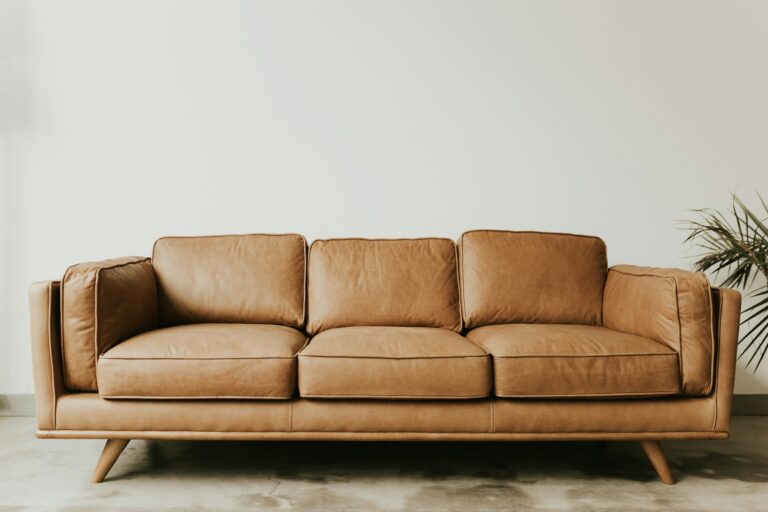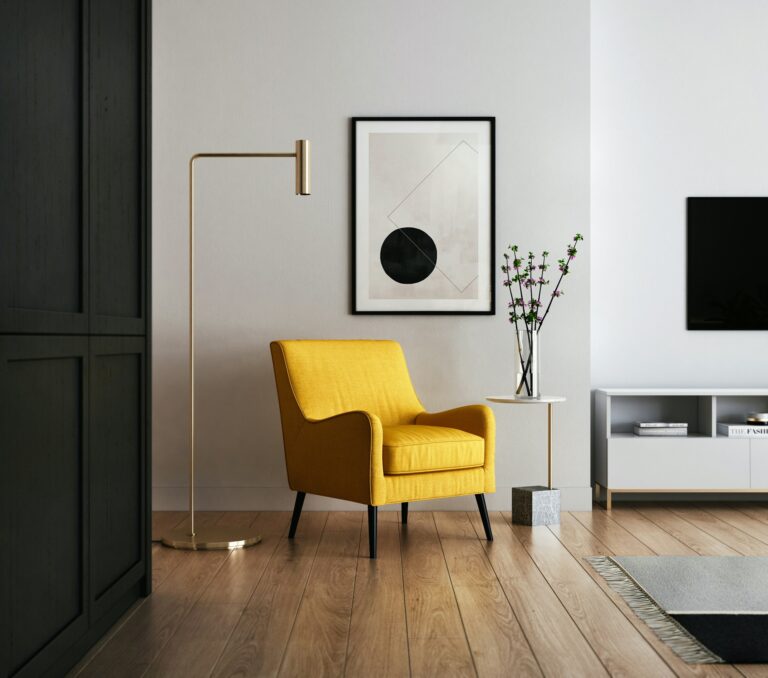The Art of Mixing Furniture Styles: How to Create a Cohesive Yet Eclectic Look
When it comes to interior design, mixing furniture styles might seem like a daunting task. With so many design aesthetics to choose from—modern, rustic, industrial, bohemian, and traditional—it can be tricky to know how to blend them all together without the space feeling disjointed. But the art of mixing furniture styles is more accessible than it might seem, and it can result in a beautiful, eclectic space that feels unique and personal.
In this blog, we will explore the key principles behind mixing furniture styles successfully, offering tips on how to create a harmonious and stylish interior. Whether you’re combining classic and contemporary pieces or blending different textures and finishes, these strategies will help you curate a cohesive look while adding personality to your space.
1. Start with a Neutral Base
When mixing furniture styles, it’s essential to have a unifying element that ties everything together. One of the easiest ways to achieve this is by starting with a neutral base for your room’s color palette. Neutral tones such as beige, white, gray, or natural wood provide a versatile foundation that allows more contrasting styles to coexist without overwhelming the space.
For example, if you’re mixing modern sofas with rustic sideboards and traditional chairs, a neutral-colored wall or rug can serve as a backdrop, ensuring that the furniture pieces stand out without competing with each other. This creates a sense of balance and cohesion, even if the individual pieces come from different design worlds.
2. Create a Focal Point
Having a focal point in the room is key to anchoring the design and creating a sense of order. Whether it’s a large piece of furniture like a statement sofa or a striking coffee table, or even a piece of artwork or a light fixture, having a dominant feature helps establish a clear point of interest. This focal point sets the tone for the rest of the room and serves as a guiding reference for integrating other styles.
For instance, a bold, modern sofa could be paired with more traditional accent chairs, but the overall look will be grounded in the statement piece that draws attention. A large, elegant dining table can be the centerpiece of a more casual, eclectic dining area, tying in both contemporary and vintage pieces.
3. Balance Contrasting Elements
The key to successfully mixing furniture styles is achieving a balance between contrasting elements. This means pairing pieces that are distinct in style but have complementary characteristics that help them work together. For example, if you’re combining an industrial TV bench with a plush sofa, balance the rawness of the industrial piece with softer fabrics or curved shapes in the other furniture.
Similarly, mixing different wood finishes—such as pairing a dark wood dining table with lighter-toned side tables—can create an interesting contrast that adds depth to the room. To avoid the look feeling too mismatched, aim for a balance in the scale, color, or texture of the pieces.
4. Mix Textures and Materials
One of the best ways to tie different furniture styles together is through the use of various textures and materials. A key element of mixing furniture successfully is ensuring that the finishes complement each other, even if the styles vary. By pairing a velvet sofa with a leather armchair, or a metal coffee table with a wooden console table, you create visual interest while maintaining a cohesive look.
Textures like linen, wool, leather, brass, and glass are versatile and can be incorporated across a variety of furniture styles. The key is to find harmony between the materials—light and airy textures can balance heavier, more industrial materials, while sleek finishes can contrast beautifully with rustic or natural textures.
5. Stick to a Consistent Color Palette
While mixing furniture styles, a unified color palette will ensure the space feels cohesive rather than chaotic. You don’t have to use the same colors across all pieces, but keeping a consistent color scheme helps tie everything together. For example, if you’re blending modern and vintage furniture, use complementary shades like navy blue, olive green, or muted gold accents across both pieces. This creates a sense of continuity, even though the furniture styles may be different.
Consider using accent colors in your cushions, curtains, or rugs to echo tones found in your furniture. If you have a modern sofa in neutral tones, add a pop of color with a bold ottoman or armchair that complements the space, making it feel intentional and curated.
6. Embrace Layering
Layering is an essential technique when mixing furniture styles, and it can add warmth, texture, and depth to your space. Layering involves adding different pieces or textures to your room to make it feel dynamic. You can layer in accessories like throw pillows, area rugs, and artwork to create a sense of richness and comfort.
In the living room, for example, layer a traditional rug under a contemporary coffee table, and add eclectic art pieces on the walls. In the dining area, you can mix contemporary dining chairs with a classic wooden dining table, then layer in textiles like a fabric table runner or elegant placemats. Layering creates an environment where styles can blend together seamlessly.
7. Don’t Be Afraid to Break the Rules
While there are guidelines to help you mix furniture styles effectively, don’t be afraid to break the rules and experiment with combinations that feel right for you. The beauty of interior design lies in personal expression, and blending various styles gives you the freedom to create a space that feels uniquely yours.
If you love the sleek lines of modern design but also enjoy the charm of vintage or bohemian accents, feel free to blend those styles together. The best spaces often come from a combination of personal taste and thoughtful experimentation.
8. Pay Attention to Scale and Proportion
When mixing furniture styles, scale and proportion are essential to ensure the pieces don’t overwhelm the room. It’s important to select furniture that fits comfortably in your space, so be mindful of the size of each item. For example, pairing a large sectional sofa with a small coffee table can make the table feel insignificant and out of place. Conversely, pairing a small armchair with a large, imposing dining table can create imbalance.
Be sure that the furniture pieces you choose are well-proportioned to the size of the room. Large pieces work well in spacious rooms, while smaller, more delicate furniture is better suited for compact spaces.
Final Thoughts
Mixing furniture styles is an excellent way to infuse personality, style, and creativity into your home. By starting with a neutral base, creating a focal point, balancing contrasting elements, and paying attention to texture, color, and scale, you can curate a unique and harmonious space that feels both cohesive and eclectic.
The key is to embrace the beauty of diversity—allowing different furniture pieces to coexist in your home while still feeling intentional. So, don’t be afraid to mix modern with vintage, rustic with industrial, or minimalist with bohemian. With the right balance and a little experimentation, your home can reflect your unique sense of style and become a space that truly feels like your own.



